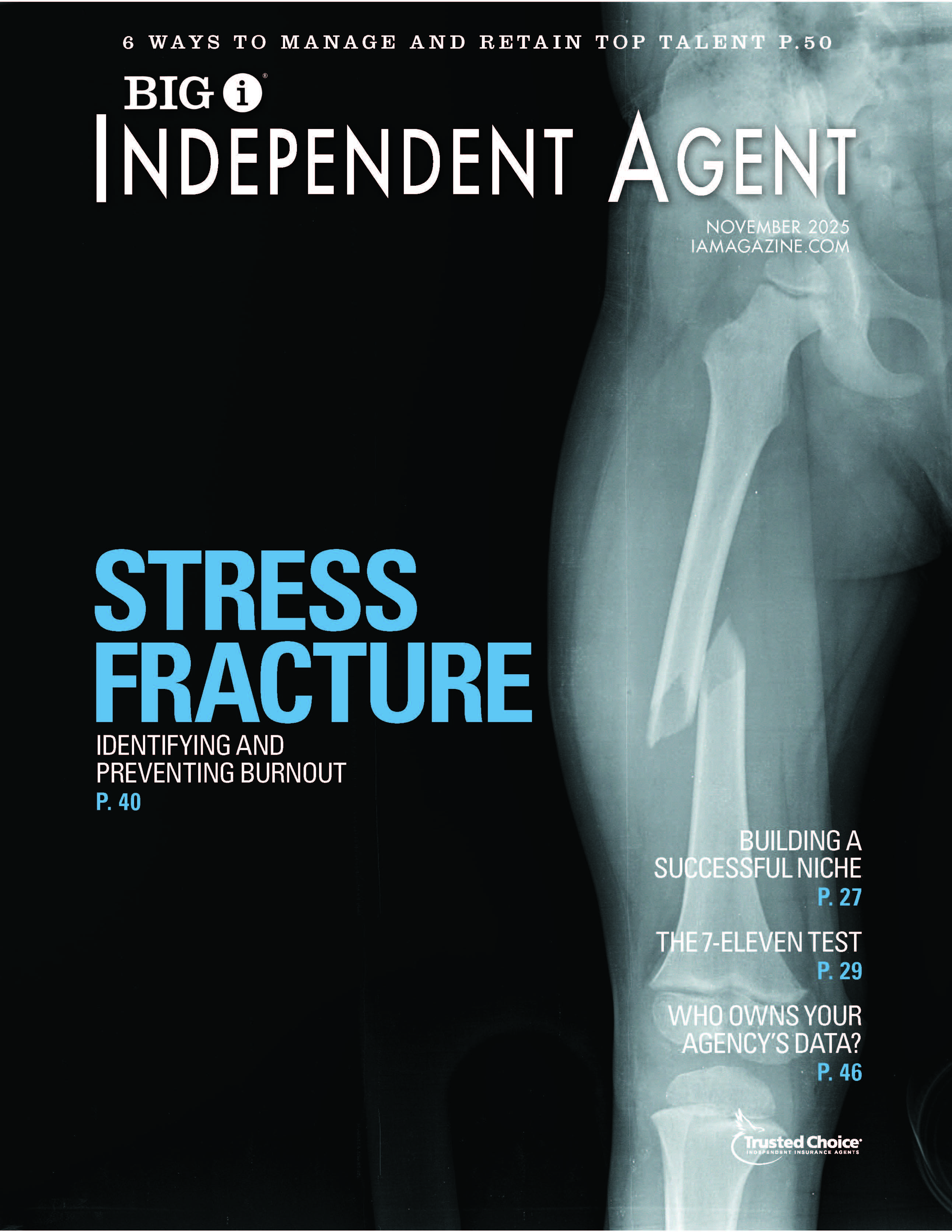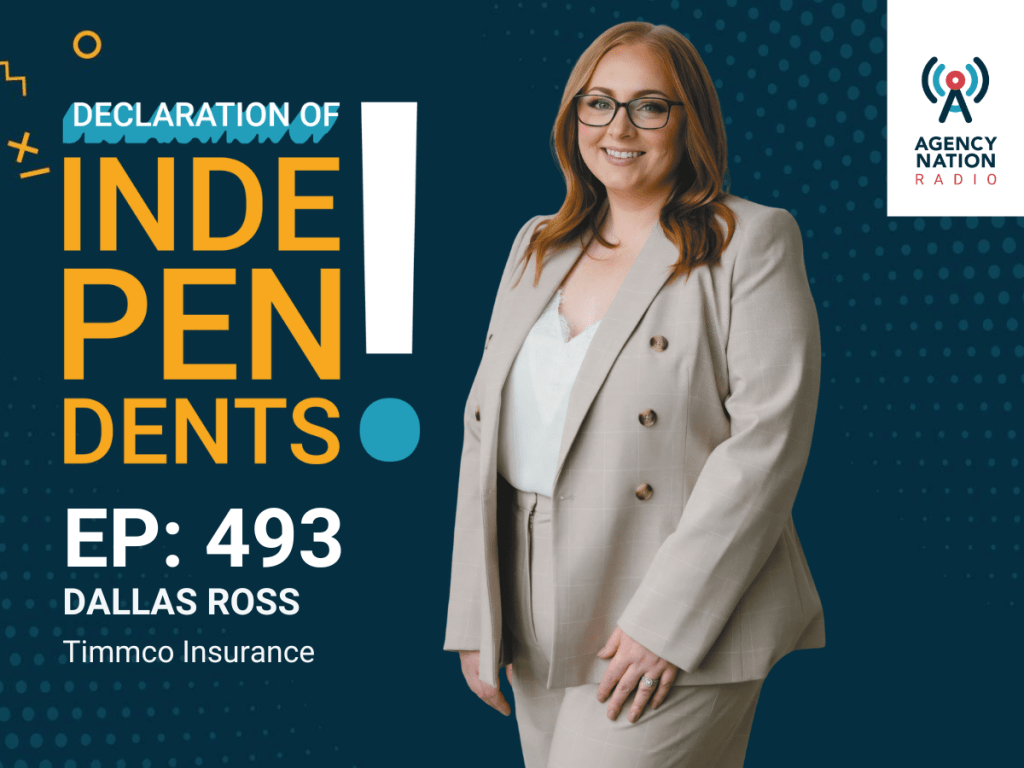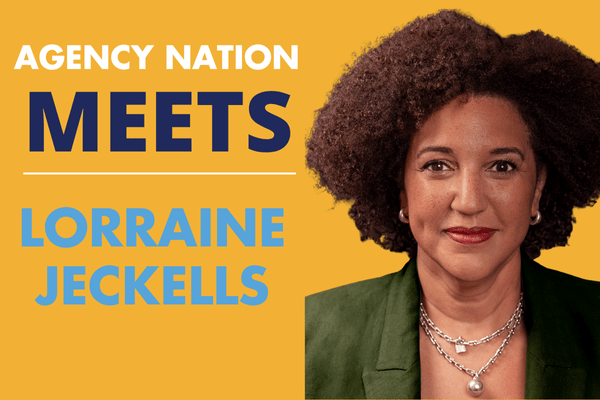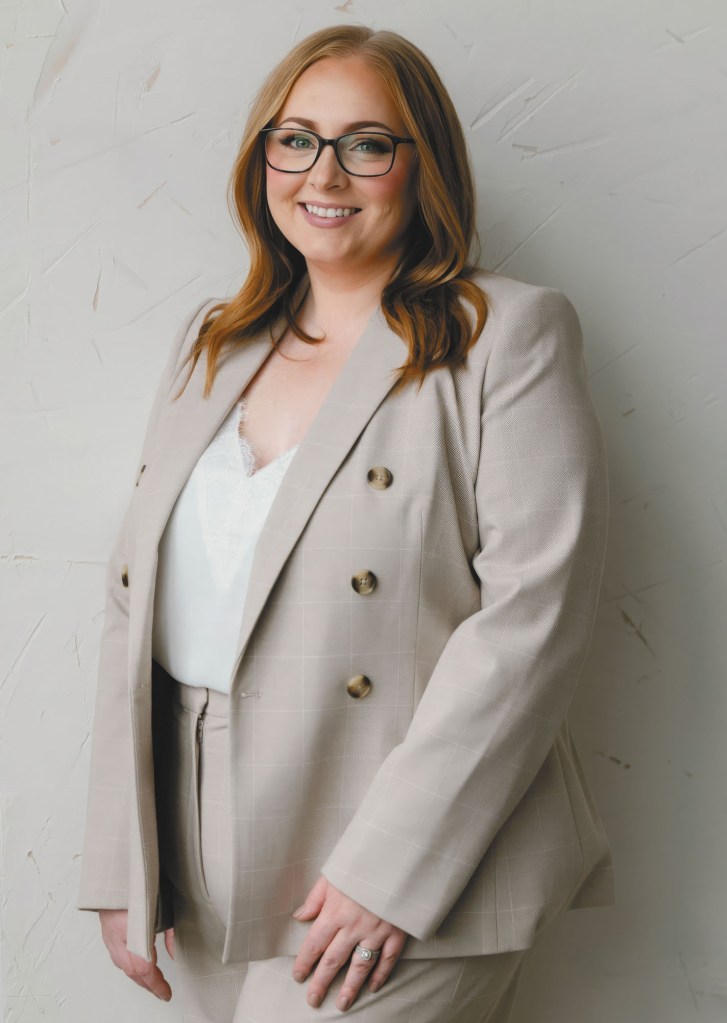All Inclusive: Serving the LGBTQ Community
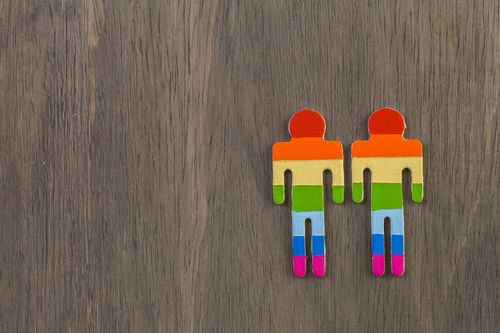
By: Jenn T. Grace
How much do you know about the LGBTQ community? If you’re like many in the insurance industry, you may not even be 100% sure that the acronym stands for lesbian, gay, bisexual, transgender, and queer or questioning.
Because LGBTQ people have a long history of marginalization in the U.S., they learned decades ago that the best way to make their voices heard was with their wallets. Today, the LGBTQ market has an estimated buying power of $917 billion. Proportionate to population count, that’s four times the buying power per person than Latino Americans and African Americans, and twice the buying power per person of Asian Americans.
That means this is a market your agency should take seriously. So how do you do it right?
Regardless of what community of people your business is trying to reach, you have 60 seconds to make a good impression. And after that, you’re still not off the hook—it can also take less than 60 seconds to ruin a previously created good impression.
If you’re actively engaging the LGBTQ community by attending events, building relationships and marketing to attract new LGBTQ customers or employees, you’re sending a clear message and setting an expectation: that you and your agency are open for business within the LGBTQ community.
Informed and Loyal
The LGBTQ consumer is hyper-aware of what a company is or is not doing for its LGBTQ customers and employees, and for the LGBTQ community at large. Many members of the community are armed with a wealth of resources that they access regularly in order to find out if a company is doing good for the community.
The LGBTQ community has a high level of brand loyalty, which refers to a consumer’s commitment to repurchase or otherwise continue using a brand—demonstrated by repeatedly buying a product or service, or exhibiting other positive behaviors such as word-of-mouth advocacy. And in today’s fast-paced online environment, negative or positive word of mouth spreads quickly. You don’t want to catch yourself in the crosshairs of a negative social media storm.
Consider that 78% of LGBTQ adults and their friends, family and relatives would switch to brands that are known to be LGBTQ-friendly, according to Community Marketing & Insights. The same research reports that 69% of LGBTQ people say their purchases would be influenced by a buyer’s guide that shows which companies have positive workplace policies toward LGBTQ employees, and 70% of LGBTQ adults would pay a premium for a product from a company that supports the LGBTQ community. Plus, 74% of LGBTQ people are likely to consider brands that support nonprofits and causes that are important to LGBTQ consumers.
Those are strong numbers that should make you think twice about the attentiveness and staying power of LGBTQ people as prospective customers for your agency.
What Not to Do
One of the biggest mistakes I see companies make over and over again is viewing the LGBTQ community as one large monolithic mass of people with one label. These brands fail to look beyond what might make a lesbian person different from someone who’s transgender. They believe everyone who is LGBTQ looks the same, acts the same and shops the same.
That couldn’t be further from the truth. Think about any potential audience for your product or service— chances are you do your homework first, identifying key demographics and psychographics to determine which messages will be most effective.
The same methodology should apply to the LGBTQ community. Targeting people based on the fact that they fall under the LGBTQ umbrella is not enough to begin an outreach campaign. “LGBTQ” is just a label for a microcosm of a broader community in which people live and work, and those people come in all shapes, sizes, races, religions and socioeconomic backgrounds.
Let’s say you’re selling a spring break travel package. Your audience probably consists of undergraduate college students under the age of 25. If you advertise your LGBTQ spring break travel package in AARP magazine, you’ll clearly miss the mark.
I’ve seen many organizations throw conventional wisdom out the window and treat the LGBTQ community as if no other common sense marketing or business principles apply. For example, I’m married with two children. My household recently received a piece of direct mail featuring shirtless gay men, because my wife and I are both coded in a database as “LGBTQ.”
But we have nothing in common with this demographic. The marketing message to me should be drastically different from one targeting the young gay male audience. Receiving this piece of direct mail tells me this company is clueless about the LGBTQ community.
Again, conventional wisdom applies: If your audience is primarily women, work with the LBTQ part of the community. If your audience is men, work with the GBTQ of the community. Do not start selling your product or service to people who clearly fall outside of your target market just because they fall under the LGBTQ umbrella.
The best countermeasure to this misstep is to adopt an inclusion-based marketing approach and communications plan, rather than creating separate plans for separate audiences. For example, instead of isolating a specific audience within the LGBTQ umbrella, start featuring LGBTQ people in your mainstream advertising.
Many companies, especially big brands, have been using inclusion-based marketing for years with strong results. Kaiser Permanente was at the forefront of this trend with its “Stick around. Things get interesting” ad for mainstream print publications. The ad depicts several generations of a family, including people of color and a gay couple with their child, in a message that encourages its audience to get regular mammograms.
Similarly, Amazon recently released a mainstream media commercial for Kindle that includes both a gay couple and a straight couple—without making a big deal about the gay couple.
Inside Out
When you’re externally marketing to the LGBTQ community, internal communication with your employee base is equally critical. Make sure your overall marketing strategy includes an internal communications component. There’s nothing worse than releasing branded material, only to have a member of the LGBTQ community praise the ad to an employee who has never seen it.
It’s always wise to ensure that your employees know what you’re doing regarding your external LGBTQ outreach, and to obtain their buy-in and support—especially because understanding your LGBTQ customers can begin with your own LGBTQ employees.
The coming-out process has a significant impact on how LGBTQ people do everything. From an internal standpoint, in both their business and personal lives, your LGBTQ colleagues and employees are forced to answer the question: “Do I come out?”
It doesn’t matter if you’re a small family-owned agency that employs four staff members, or you’re working in corporate headquarters—navigating this critical workplace issue isn’t always easy.
But in general, happy employees are more productive employees. LGBTQ employees are happier when they are able to be out at work. Think about how much time, energy and productivity is wasted if your employee is trying to hide their true identity.
That said, this does not give you the right to meddle, invade someone’s privacy or force them to come out. If you feel well-informed about LGBTQ issues, make an effort through your day-today conversations to let your LGBTQ colleague know you’re a “safe” person—also known in the community as an “ally.” But if you’re new to the LGBTQ space or afraid of putting your foot in your mouth, lay low—focus on just being a good colleague. When the time is right, your co-worker or employee will share this part of their personal life with you.
Regardless of your agency’s size, look closely at the structure of your organization and be honest about whether you’re truly embracing diversity and inclusion. Do you have non-discrimination policies? If so, what do they look like? Do they cover LGBTQ people? Do your LGBTQ employees receive equal spousal benefits? Your next step is to seek the internal support you will need to keep the momentum going.
It’s not only the compassionate thing to do. It’s also good for business, your brand and the bottom line.
Jenn T. Grace is a nationally recognized business strategist, speaker and Amazon best-selling author specializing in the LGBTQ market. She has been featured on CNBC and in Forbes, The Huffington Post and The Hartford Courant.
By the NumbersAccording to the U.S. Census Bureau and Gallup:
2016 buying power figures for the top four minority segments are as follows:
|
